Sam Bishoff, a high school student from Bainbridge Island, Washington, is the 2012 Jerry Jazz Musician Accent on Youth writer. His passion for jazz and the challenges he faces as a youthful fan of it is the focus of the column.
_____
This column was originally published on April 9, 2012
*
Listen to Dinah Washington sing Accent On Youth
__________
Practice and Performance: The True Test of Dedication to Music
*
__________________________________________
I was reading a number of blog posts and articles the other day on improving my practice routine. In the process, I came across a really awakening idea. One such post said that basically the only musician who was born with the talent was Mozart. Everyone else had to work really hard. Miles, Trane, Bird, and many others all had to work countless hours to get where they were. Everyone in the jazz world has heard of Charlie Parker’s practice routine. In an interview with Paul Desmond, Bird once claimed to have practiced up to 15 hours a day for several years! While this may be a bit of an exaggeration, it is probably not far from the truth. There is a reason Bird is remembered as one of the greatest musicians in history. He had an unparalleled virtuosity with the music thanks to his dedication and self-motivation towards his practice and development.
Self-motivation…that seems to be the key to many things in life, including jazz. Parker certainly had natural talent, but with the situation he was born into, it took much more than a knack for the music to get to where he got. It is the same story for almost all musicians. You can have all the lessons in the world and all the playing opportunities you can get, but to become a real master of the music, you must have that drive to get where you want to go. No one but you can really ever understand your goals and dreams; subsequently you are the only person who can help yourself achieve those desires.
And so, in this blog, I bring you my insights into how this motivation is critically important to the two elements of a successful jazz musician: Practice and performance.
Practice:
The practice of musicians is very different from other types of practice. While a football player will, for the most part, practice with other players on the team, a musician will, for the most part, practice alone. This is special, and in some ways, difficult. Without someone there to push you to the next level, a musician who is out alone in the woodshed must have great focus and motivation to stay on track. There may be some teacher in your life, telling you what to practice, and checking your progress on a weekly basis. However, when you finally get in the practice room, all you have of them is some words scribbled down on a page. They are not there to help you with every moment of your practice session. What you make of your practice time is up to you and you alone. If you are going to get better, it will be because of your own drive, rather than the hope of your teacher that you will improve.
When musicians become professional and have steady work, there is no time for lessons. Instead they become their own teacher. Their assignments become their own goals in playing. As they become more and more entrenched in music, the responsibility for their own improvement falls with increasing heaviness on their own shoulders. No one is there to scold them if they don’t get that tune down by next week or memorize that scale in thirds by Friday. As the small consequences disappear, more large consequences appear. “What, you haven’t memorized those songs for the gig? Well then, go find yourself another band!” No band leader will care if a musician worked for years to get where he was, or if he was some child prodigy. They just want to know if they can play what is required. Everything a musician has depends on their actions and dedication in the practice room.
There is also an element of perseverance in practicing. Because practice is meant to improve upon the things you are bad at, often roadblocks and frustrations will be encountered. It’s always way too easy to revert back to the easy things, the things you’re good at. It may feel good in the moment to doodle your way around the blues for half an hour, but in the long run it always feels better if you accomplish something new and difficult. This is really where the real musicians separate from the casual musicians. Real musicians have trained themselves to persist with the hard stuff and to not be satisfied until mastery. Casual musicians show up to practice the fun stuff while real musicians show up to work. They know that the reward is much greater if they put in the work beforehand.
Performance:
Performance is the true test of someone’s musicianship. You’ve been practicing a certain technique for months and it’s finally time to show it off. The question is can you pull it off in the heat of the moment? Often times you can’t. That’s natural. There’s something wrong if, every time you get on the stage, you do everything you went up there to do. Every single musician has had some time where they screw up really badly during a performance. It’s only human. However, the people who are serious about their music don’t despair. They don’t hang their head and recede to the back of the room. Instead they go home and practice what they messed up. They practice it until they have mastered it. And then they go back. That’s the hardest thing of all. As humans, we want to stay away from bad experiences. However, the true musicians have such a love for the music that they go back again and again. Just like a boxer, they get knocked down but come back with twice the intensity and passion.
Once again, Charlie Parker, that hero of jazz, comes back into the story. As a young saxophonist, Parker faced many humiliations on the stage. Shortly after dropping out of high school to pursue music, Parker played at a jam session at Kansas City’s famed High Hat Club. When he tried to play the ballad “Body and Soul “in double time, the crowd laughed him off the stage. While he initially put down his horn for a couple months, Parker had an inner drive to become great, and so went back at it. Unfortunately, this was not the only humiliation he was to suffer. In 1937, the Count Basie band came to Kansas City and while there, hosted one of its famed “cutting sessions”. Parker went up and played a tune, but soon got lost in the chord changes. As legend has it, Basie’s drummer, Jo Jones, threw his cymbal to the floor in the middle of Parker’s solo, indicating it was time for him to leave the stage. This is a traumatizing experience by any account and many who lack the drive that Parker had would have promptly quit after such an event. That is what made Bird a great artist. He loved the music and it showed. Because he had to work hard to get where he was, everything he played was filled with mastery and soul. There is so much we can take away from Parker: beauty, mastery, passion, creativity… However, one can also take away a lesson from his story. Bird has showed us that motivation is the key to success, and that the first step in making it is just showing up again.
______________________________
Sam Bishoff
*
Sam Bishoff, a high school student from Bainbridge Island, Washington, is the 2012 Jerry Jazz Musician Accent on Youth writer. His passion for jazz and the challenges he faces as a youthful fan of it is the focus of the column.
You can contact Sam at: [email protected]
You can read Sam’s previous column on the next page




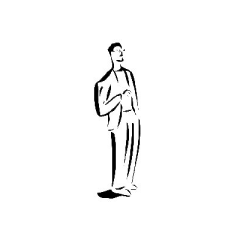
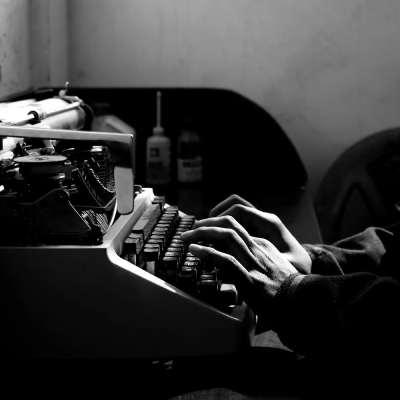
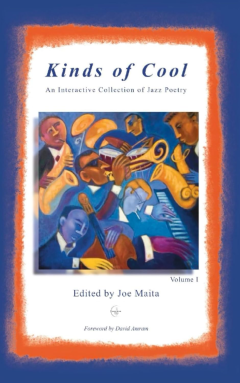
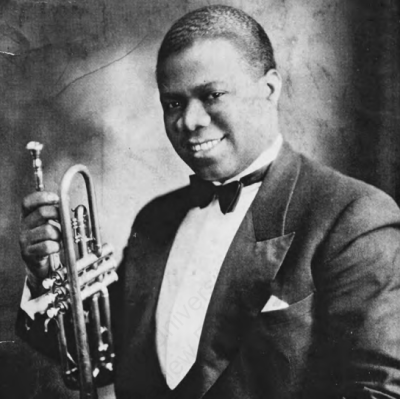
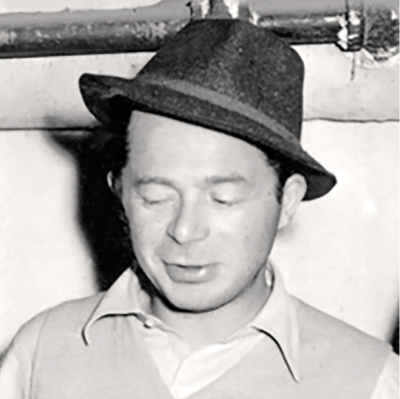
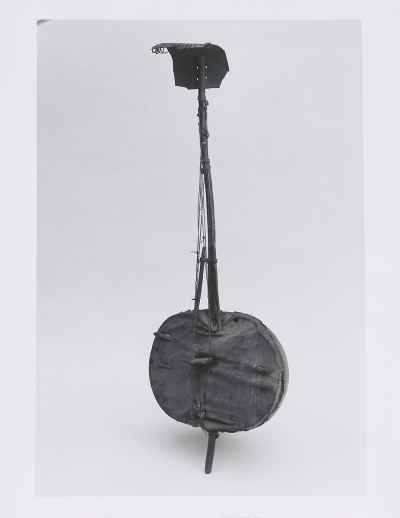



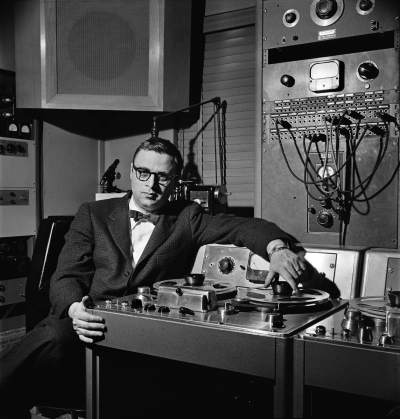


























One comments on ““Accent on Youth,” by Sam Bishoff”